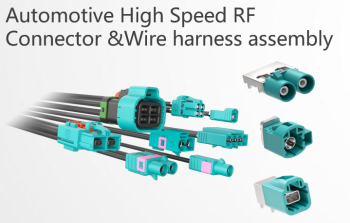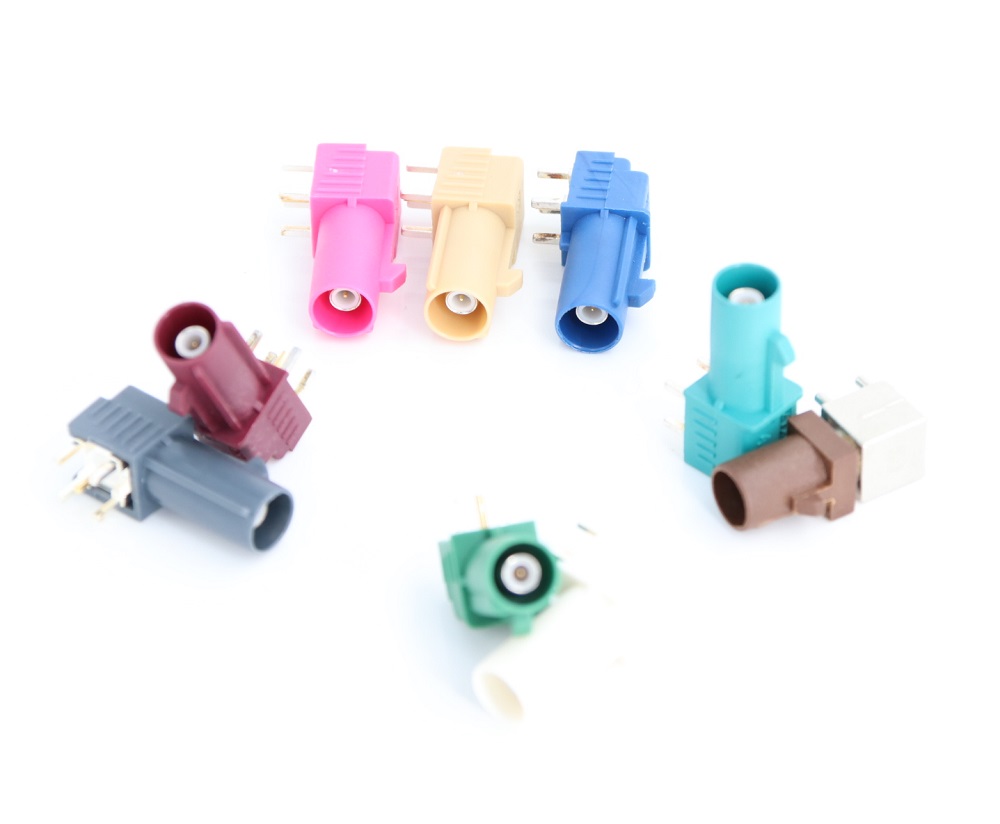
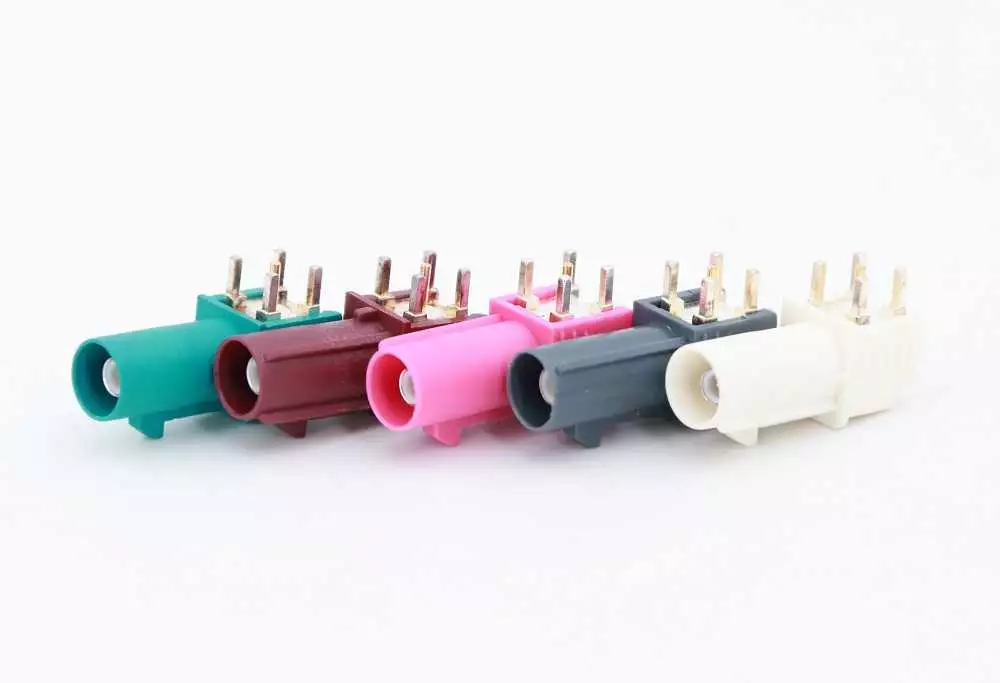
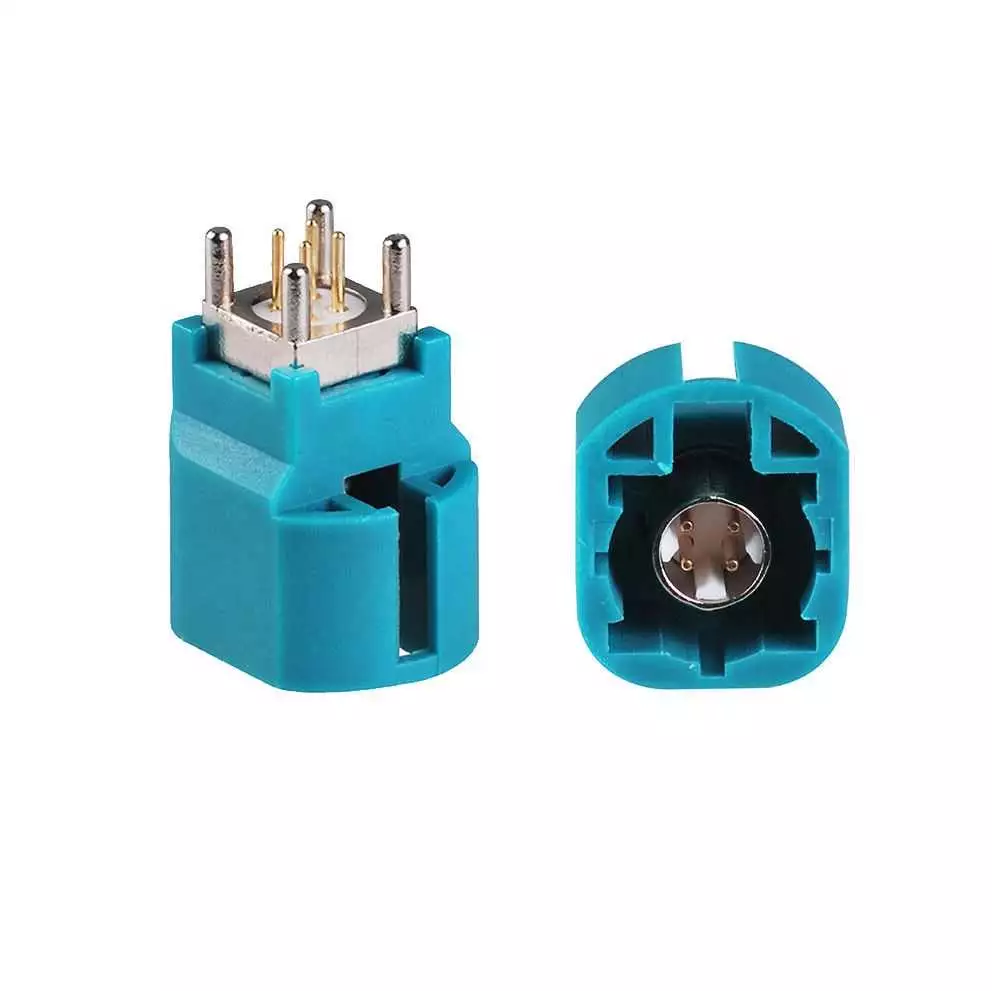


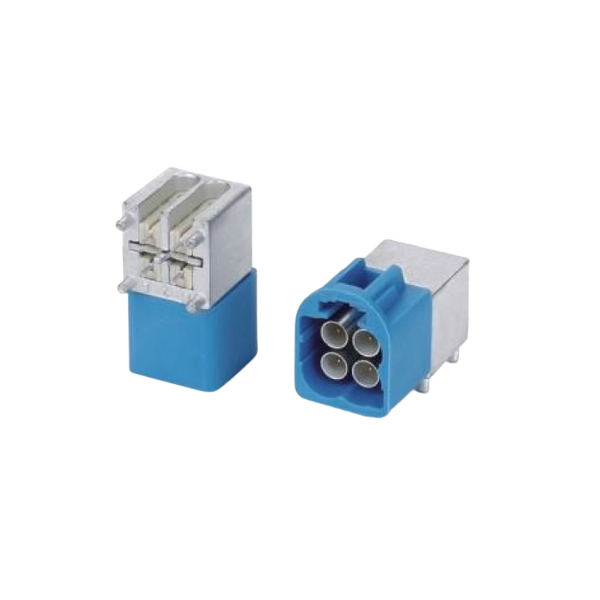
FAKRA vs. HSD Connectors: Understanding the Differences and Key Technical Specifications
Introduction to Connector Types: FAKRA and HSD
Connectors play a crucial role in modern technology, facilitating seamless communication across devices. Among the various types, FAKRA and High-Speed Data (HSD) connectors stand out for their specialized functions. FAKRA connectors, originally designed for automotive applications, are known for their robust radio frequency signal transmission capabilities. On the other hand, HSD connectors cater to high-speed data needs, supporting a range of protocols like USB 2.0, LVDS, IEEE1394, and Ethernet.
FAKRA and HSD connectors are composed of sheath, inner conductor, outer conductor, and crimping ring

The inner conductor, outer conductor, and crimping ring of FAKRA and HSD connectors form a conductor assembly after crimping

Design and Composition of FAKRA and HSD Connectors
Both FAKRA and HSD connectors share a common structural design that includes a sheath, inner conductor, outer conductor, and a crimping ring. These components are meticulously assembled to form a conductor assembly, ensuring optimal performance and reliability.
Key Technical Parameters Explained
- Impedance: The characteristic impedance is crucial as it ensures that the impedance is consistent throughout the transmission line, which is vital for maintaining signal integrity.
- Insertion Loss: This parameter measures the signal loss incurred when a connector is introduced into the transmission line. It’s a critical factor that affects the efficiency of signal transmission and is quantified in decibels (dB).
- Return Loss: Return loss indicates the amount of signal reflected back due to impedance mismatches within the connector assembly or cable. Minimizing return loss is essential for enhancing the quality of the connection.
Technical Requirements for Optimal Performance
For those in the audio and video transmission industries, understanding the technical requirements is key:
- The FAKRA interface must comply with ISO 20860-1 standards.
- HSD connectors should adhere to section 10.2 of TS 2008001.
- Additional specifications should align with those typical of standard connectors.
Mechanical Specifications and Durability
Both connector types are designed to withstand significant mechanical stress, ensuring durability and reliability:
- Conductor assembly wire adhesion: ≥110N
- Insertion force: ≤30N for sheath engagement
- Retaining force: ≥110N for secure connection
- Typical insertion and extraction forces should be less than 20N, with a withdrawal force ranging between 2N and 20N.
Ensuring Compatibility and Ease of Use
- The unlocking force matches that of standard connectors, facilitating easy maintenance and handling.
- The lateral load force and plastic shell anti-misoperation pairing force are designed to prevent accidental disconnections and ensure a secure fit.
Understanding these technical details helps in selecting the right connector for specific applications, ensuring efficient and reliable performance. Whether you’re dealing with FAKRA or HSD connectors, knowing these distinctions and specifications can greatly enhance your project outcomes.

